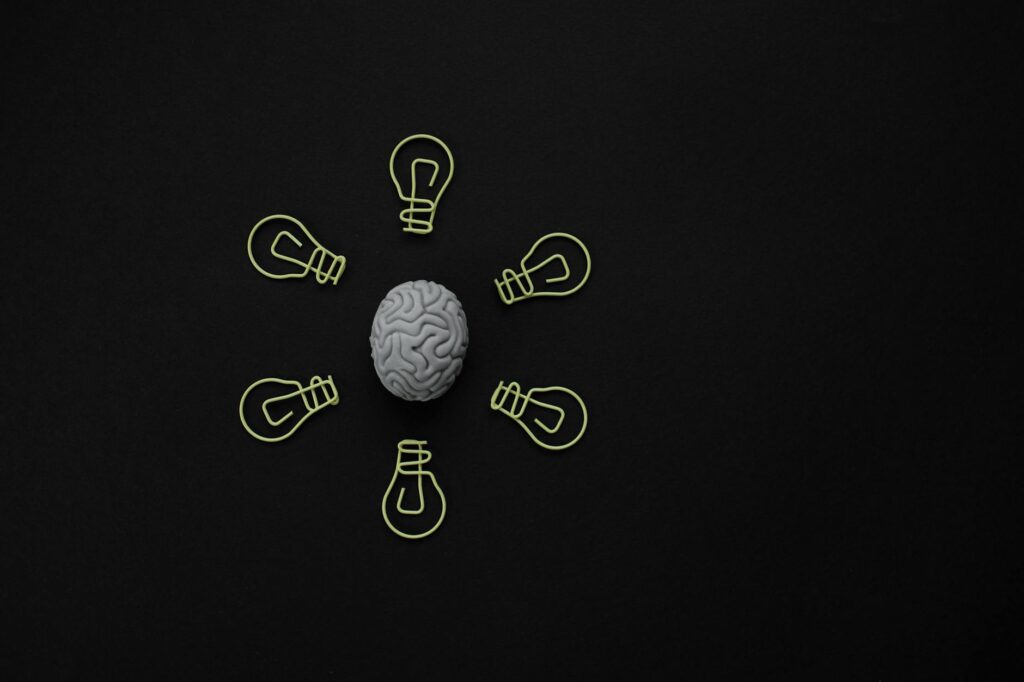What is mental schema?

What is mental schema?
Understanding the concept of mental schema is crucial for anyone interested in how we process information, learn, and interact with the world. At its core, mental schema refers to the frameworks we use to organize our knowledge and experiences. These schemas shape the way we perceive new information, influencing our thoughts, memories, and behaviors. Let’s explore the significance of mental schemas in depth.
Understanding Mental Schema
Definition of Mental Schema
A mental schema is a cognitive structure that helps individuals organize and interpret information. Simply put, it allows us to categorize our experiences and understand how things relate to one another. When we encounter new information, our brain references existing schemas to make sense of it, which can enhance learning and memory retention. You can find a more detailed exploration of this concept at Verywell Mind.
Historical Background
The concept of mental schemas originated in the field of cognitive psychology, primarily through the work of Swiss psychologist Jean Piaget. He proposed that cognitive development occurs in stages, with schemas being foundational elements that help children learn about their world. Piaget’s theories emphasize that our understanding evolves as we acquire new knowledge, which allows us to adapt and grow. For a comprehensive look at Piaget’s life and contributions, check out Verywell Mind’s biography.
The Role of Mental Schema in Learning
Schemas and Information Processing
Mental schemas play a crucial role in how we process information. When we learn something new, our brain fits this information into existing schemas or creates new ones. This process not only helps in organizing knowledge but also aids in retrieving information. Essentially, our brains are constantly reshaping these schemas through experiences, making learning a dynamic and ongoing process.
Impact on Memory and Recall
The structure of mental schemas significantly affects our memory retention and recall capabilities. When information is linked to a well-formed schema, it’s easier to remember. Think of schemas as filing cabinets in your brain; when information is filed correctly, you can quickly find it when needed. Conversely, poorly organized schemas can lead to confusion and forgetfulness. For further insights into schema theories and their application in learning, visit Simply Psychology.
Types of Mental Schemas
Person Schemas
Person schemas are mental frameworks that help us understand and predict the behavior of individuals. They consist of traits, behaviors, and characteristics we associate with specific people. For example, if you think of someone as friendly or shy, that perception is shaped by your person schema. This schema influences how we interpret their actions and emotional responses.
Event Schemas (Scripts)
Event schemas, often referred to as scripts, guide our expectations and behaviors in specific situations. They outline the sequence of actions that typically occur in particular contexts, such as dining at a restaurant or attending a wedding. For instance, knowing what to expect during a meal helps reduce anxiety and enhances enjoyment. You can learn more about how schemas work in everyday life from Britannica.
Role Schemas
Role schemas provide us with the expectations and behaviors associated with different social roles. For example, our understanding of what a teacher or a parent should do is shaped by these schemas. They can influence our interactions with others, dictating how we behave in various social contexts. This understanding can be vital for effective communication and relationship-building.
Applying Mental Schema for Personal Development
Enhancing Study Habits through Mental Schemas
Mental schemas can be a powerful tool for improving study habits. By using schemas to organize information, you can create a more structured study environment. For instance, breaking down complex topics into smaller, manageable schemas can enhance understanding and retention. Techniques like mind mapping can also visually represent these schemas, making them easier to recall.
Using Mental Schemas for Work-Life Balance
Schemas can also help manage work and personal life. By defining your priorities and expectations through mental schemas, you can reduce stress and improve productivity. For example, creating a schema that outlines your daily tasks can give you a clear structure to follow, allowing you to allocate time effectively between work responsibilities and personal interests.

Photo by KATRIN BOLOVTSOVA
Conclusion
Understanding and utilizing mental schemas can greatly improve our everyday lives. By recognizing how we process and organize information, we can enhance our learning, improve productivity, and facilitate better interactions. In a world filled with constant information, mental schemas serve as our brain’s organizational tools, shaping our understanding and experiences. So, whether you’re a student looking to boost your study habits or a professional seeking work-life balance, leveraging mental schemas can be your key to success.